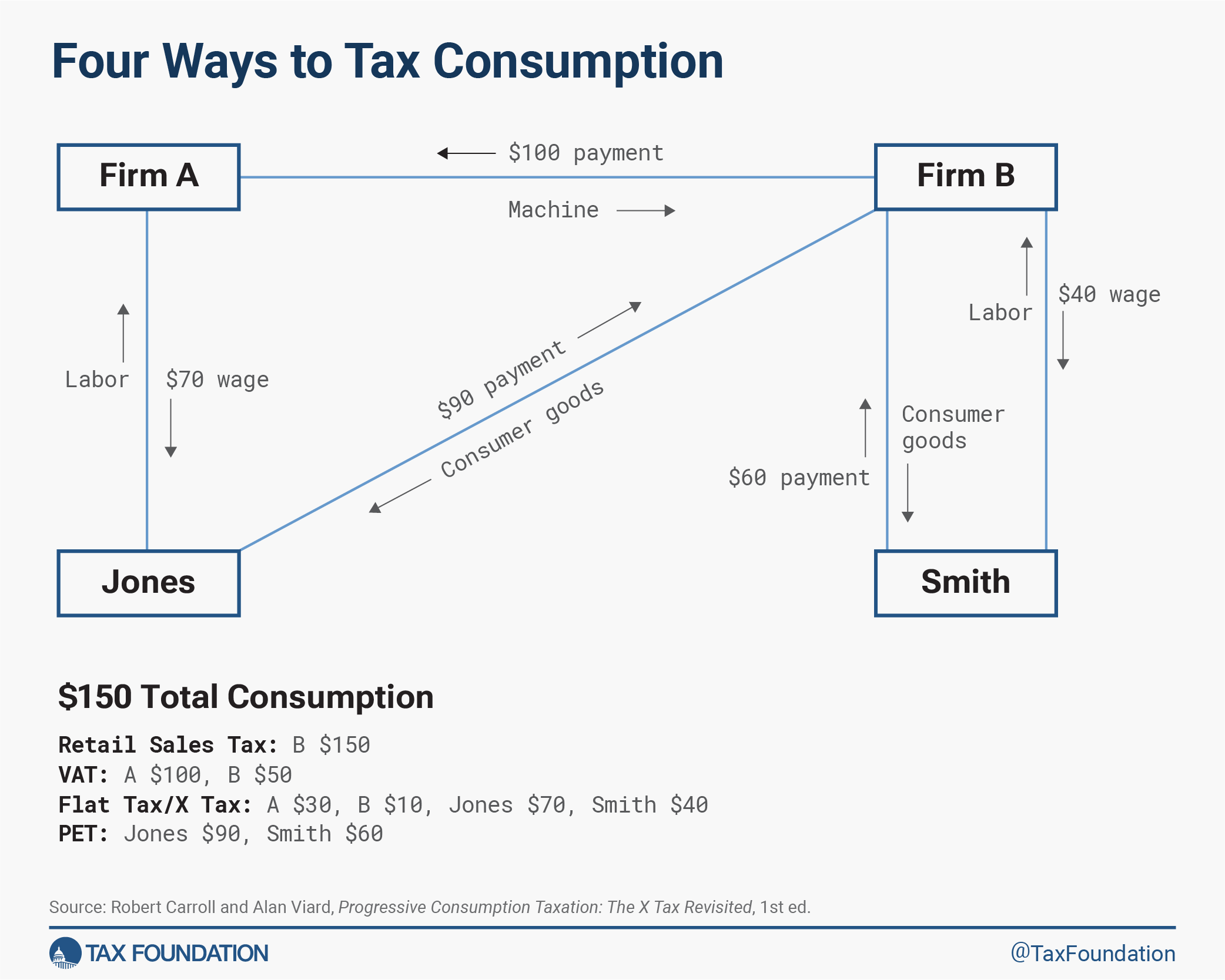Border Lessons from the 9/11 Report and DHS’s ‘Homeland Threat Assessment 2024’
The savage incursion by HAMAS terrorists into Israel on October 7 — which included the killing of more than 1,000 individuals (including 14 Americans) and the possible kidnapping of U.S. citizens — has stirred fears of similar attacks in the United States. Now is the time to remember a few border lessons from the 9/11 Commission Report and to learn some new ones from DHS’s “Homeland Threat Assessment 2024”.
HAMAS. As the Director of National Intelligence’s Counter Terrorism Guide explains:
HAMAS formed in late 1987 at the beginning of the first Palestinian intifada (uprising). Its roots are in the Palestinian branch of the Muslim Brotherhood, and it is supported by a robust sociopolitical structure inside the Palestinian territories. The group’s charter calls for establishing an Islamic Palestinian state in place of Israel and rejects all agreements made between the PLO and Israel. HAMAS’ strength is concentrated in the Gaza Strip and areas of the West Bank.
In case you are wondering why “HAMAS” is usually capitalized, that’s because it’s an acronym for the “Harakat al-Muqawama al-Islamiya (‘Islamic Resistance Movement’)”. In any event, according to the Council on Foreign Relations, it’s hardly a purely grassroots group within the Palestinian territories, as:
Iran is one of Hamas’s biggest benefactors, contributing funds, weapons, and training. Though Iran and Hamas briefly fell out after backing opposing sides in Syria’s civil war, Iran currently provides some $100 million annually to Hamas, [Palestinian Islamic Jihad], and other Palestinian groups designated as terrorist organizations by the United States. Iran was quick to praise Hamas’s assault on Israel in late 2023 and pledge its continuing support for the Palestinian group.
Iran. HAMAS is just one of many terrorist groups that are sponsored by the Islamic Republic of Iran, as per the State Department, which reported in its Country Reports on Terrorism 2021:
Iran continued to be the leading state sponsor of terrorism, facilitating a wide range of terrorist and other illicit activities around the world. Regionally, Iran supported acts of terrorism in Bahrain, Iraq, Lebanon, Syria, and Yemen through proxies and partner groups such as Hizballah and Hamas. Additionally, senior AQ leaders continued to reside in Iran and engaged with other AQ elements from the country. Globally, the Ministry of Intelligence and Security remained Iran’s primary actor involved in supporting terrorist recruitment, financing, and plots across Africa, Asia, Europe, and North and South America. [Emphasis added.]
September 11th and “Operation Enduring Freedom”. Note that “AQ” in that passage refers to “al-Qa’ida”, “the Base”, a terrorist organization best known for targeting a number of U.S. interests around the world, and in particular for carrying out the September 11th attacks.
Nearly 3,000 were killed in those attacks, and more than 6,000 others were injured as 19 alien “AQ” terrorists hijacked four domestic airliners they then crashed into the Twin Towers of the World Trade Center in lower Manhattan, the Pentagon in Arlington, Va., and into a field outside Shanksville, Pa. The attacks cost the United States billions of dollars, and fires continued to burn in New York for 99 days.
At the time, AQ was based in Afghanistan under the protection of the then-Taliban government. In response to those attacks, the U.S. government launched “Operation Enduring Freedom” less than four weeks later, which was aimed at “dislodging” (read: “destroying”) both AQ and the Taliban. Some 2,343 U.S. military members gave their lives in the course of the operation, with many others maimed and injured.
The operation, of course, came to end during the Biden administration’s chaotic evacuation and withdrawal from Afghanistan in August 2021, which was timed for completion by the 20th anniversary of the September 11th attacks. You can read the administration’s excuses for the turmoil that accompanied that withdrawal, which it dropped in a characteristic garbage dump the Thursday before Easter.
The 9/11 Commission. On November 27, 2002, President George W. Bush signed the Intelligence Authorization Act for FY 2003 (IAA FY03). Title VI of IAA FY 03 established the “National Commission on Terrorist Attacks Upon the United States”, which even at the time was referred to as the “9/11 Commission”.
Among the goals of that commission was to “examine and report upon the facts and causes relating to the terrorist attacks of September 11, 2001”, and “investigate and report to the President and Congress on its findings, conclusions, and recommendations for corrective measures that can be taken to prevent acts of terrorism”.
The 9/11 Commission was truly bipartisan, with former New Jersey Gov. Tom Kean (R) as its chairman and former Rep. Lee Hamilton (D-Ind.) as vice chair. On August 21, 2004, it closed, having issued its findings in a massive volume captioned, appropriately, the “9/11 Commission Report”.
Read it, and you’ll realize how patent the threats were (there’s a chapter captioned “The System was Blinking Red”) and how unprepared the country then was. (“We believe the 9/11 attacks revealed four kinds of failures: in imagination, policy, capabilities, and management.”)
Given that the 9/11 attacks were carried out by 19 foreign nationals, there is a lot dealing with failures of immigration policy therein, all summarized in the following passage:
In the decade before September 11, 2001, border security — encompassing travel, entry, and immigration — was not seen as a national security matter. Public figures voiced concern about the “war on drugs,” the right level and kind of immigration, problems along the southwest border, migration crises originating in the Caribbean and elsewhere, or the growing criminal traffic in humans. The immigration system as a whole was widely viewed as increasingly dysfunctional and badly in need of reform. In national security circles, however, only smuggling of weapons of mass destruction carried weight, not the entry of terrorists who might use such weapons or the presence of associated foreign-born terrorists.
As I explained in a June post, those same pre-9/11 concerns are, once again, the main (and to a degree, sole) ones animating our current border debates — not the possibility that terrorist aliens could exploit our lax immigration controls to attack the homeland.
If you want proof, just watch the video of a September 14 hearing before the House Judiciary Committee’s Subcommittee on Immigration Integrity, Security, and Enforcement on “Terrorist Entry Through the Southwest Border”, at which my colleague Todd Bensman testified, and listen to the discussion between the Democratic members of the subcommittee and their witness.
DHS Homeland Threat Assessment 2024. Perhaps 9/11 was a one-off affair, and terrorist groups like HAMAS and other Iranian lackeys, as well as outfits not on Tehran’s payroll, with an axe to grind against the United States, will content themselves with simply launching attacks on other Western interests and U.S. allies. It’s possible, I guess.
But take a look at the DHS Homeland Threat Assessment 2024 and you might have second thoughts, particularly when you read passages like the following: “Foreign terrorists continue to engage with supporters online to solicit funds, create and share media, and encourage attacks while their affiliates in Africa, Asia, and the Middle East prioritize local goals.” I assume the carnage in Israel would qualify as one of those “local goals”.
Or this: “Foreign terrorist groups like al-Qa‘ida and ISIS are seeking to rebuild overseas, and they maintain worldwide networks of supporters that could seek to target the Homeland”.
Not surprisingly, Iran receives its own special treatment in that report:
Among state actors, we expect Iran to remain the primary sponsor of terrorism and continue its efforts to advance plots against individuals in the United States.
…
Iran maintains its intent to plot attacks against current and former US government officials in retaliation for the 2020 death of Islamic Revolutionary Guards Corps-Qods Force (IRGCQF) Commander and designated foreign terrorist Qassem Soleimani. Iran relies on individuals with pre-existing access to the United States for surveillance and lethal plotting — using dual nationals, members of criminal networks, and private investigators.
It’s not just those with “pre-existing access to the United States” who pose a threat, however. “Individuals with terrorism connections are interested in using established travel routes and permissive environments to facilitate access to the United States.”
That latter clause, “permissive environments to facilitate access to the United States” is vague, but less so when you consider the following from that assessment:
The complex border and immigration security challenges we have faced over the last year are likely to continue. Although encounters with migrants have declined from record highs in December, migrants seeking entry to the United States are still arriving at a rate that is on pace to nearly match 2022 total encounters. As part of this increase, we have encountered growing numbers of individuals in the Terrorist Screening Data Set (TSDS), also known as the “watchlist.”
…
Record numbers of migrants traveling from a growing number of countries have been encountered at our borders this fiscal year … . Terrorists and criminal actors may exploit the elevated flow and increasingly complex security environment to enter the United States.
Individuals with potential terrorism connections continue to attempt to enter the Homeland. As of July, approximately 160 non-US persons in the TSDS attempted to enter the United States via the southern border this year, most of whom were encountered attempting to illegally enter between ports of entry. This represents an increase from the approximately 100 encounters in all of FY 2022.
Open the Aperture — the System Is “Melting Down”. That report was prepared by the DHS Office of Intelligence and Analysis (I&A). As its website explains, I&A’s “main focus is to provide the Department with the intelligence and information it needs to keep the Homeland safe, secure, and resilient”. With that in mind, perhaps I&A should open its aperture just a little wider.
It’s true, as that report states, that “approximately 160 non-US persons [aliens] in the TSDS attempted to enter the United States via the southern border this year”, 154 to be specific, according to CBP statistics. And yes, that’s an “increase from the approximately 100 encounters in all of FY 2022” (98 in fact).
More saliently, however, it’s 27 more watchlist aliens in the first 11 months of FY 2023 than in the past six fiscal years — combined. Perhaps — just perhaps — I&A should read that chapter in the 9/11 Commission report captioned “The System was Blinking Red”. If the system was blinking red then, it seems to have melted down over the control panel and is dripping on the floor today.
9/11 Restrictions for Us, but Not for Them. Everyday, Americans live in a post-9/11 world. When you try to open a checking account, you need a stack of identification documents thanks to Title III of the USA-PATRIOT Act. Apply for a driver’s license, and you need a bigger stack, all to comply with Title II of the REAL ID Act. You can’t get on an airplane without taking off your shoes and emptying your water bottle, all thanks to 9/11 wannabes.
But head to the Southwest border and it’s not even September 10, 2001, again. It’s May 27, 1924, the day before the Border Patrol was formed. Pancho Villa faced tougher resistance when he rode into Columbus, Ariz. in March 1916. Today, he and his men would likely get parole and work authorization.
In most countries, the laws are imposed more rigorously on foreign nationals than they are on citizens. Not here. The administration’s attitude seems more akin to “9/11 restrictions for us, not for them”.
HAMAS’s actions in Israel reveal that terrorists remain willing to engage in unmitigated savagery to attack Western institutions, and whenever Western institutions are under attack, the United States inevitably ends up in the crosshairs. It’s critical to remember the 9/11 Commission’s warning that border security is national security, but right now, the border’s not secure from terrorist exploitation, as even DHS admits.






![Employment-Based Green Card, I-485 Processing Timeline [2023] Employment-Based Green Card, I-485 Processing Timeline [2023]](https://www.immi-usa.com/wp-content/uploads/2020/06/Benefits-of-Employment-Based-Adjustment-of-Status-300x225.png)